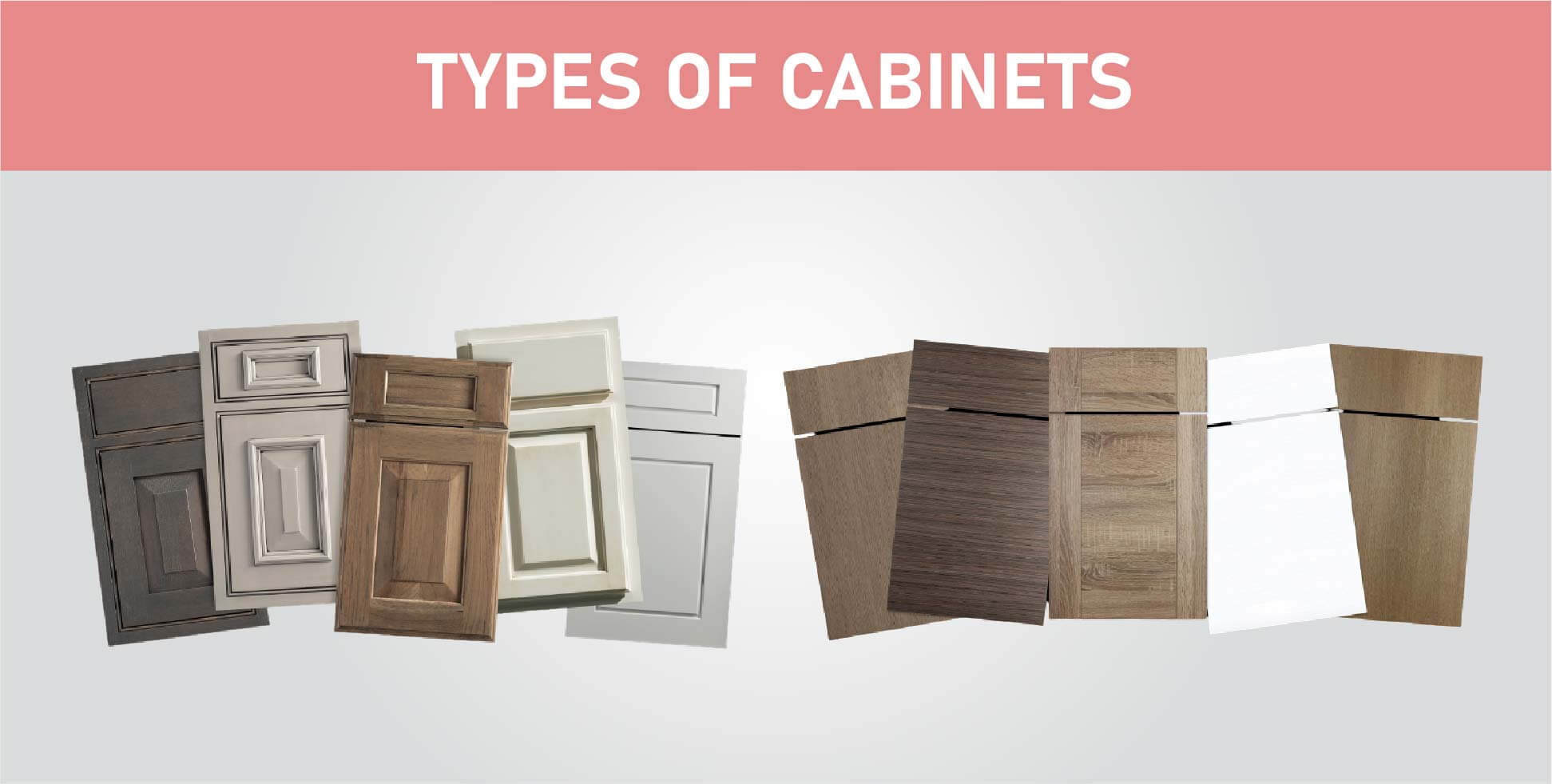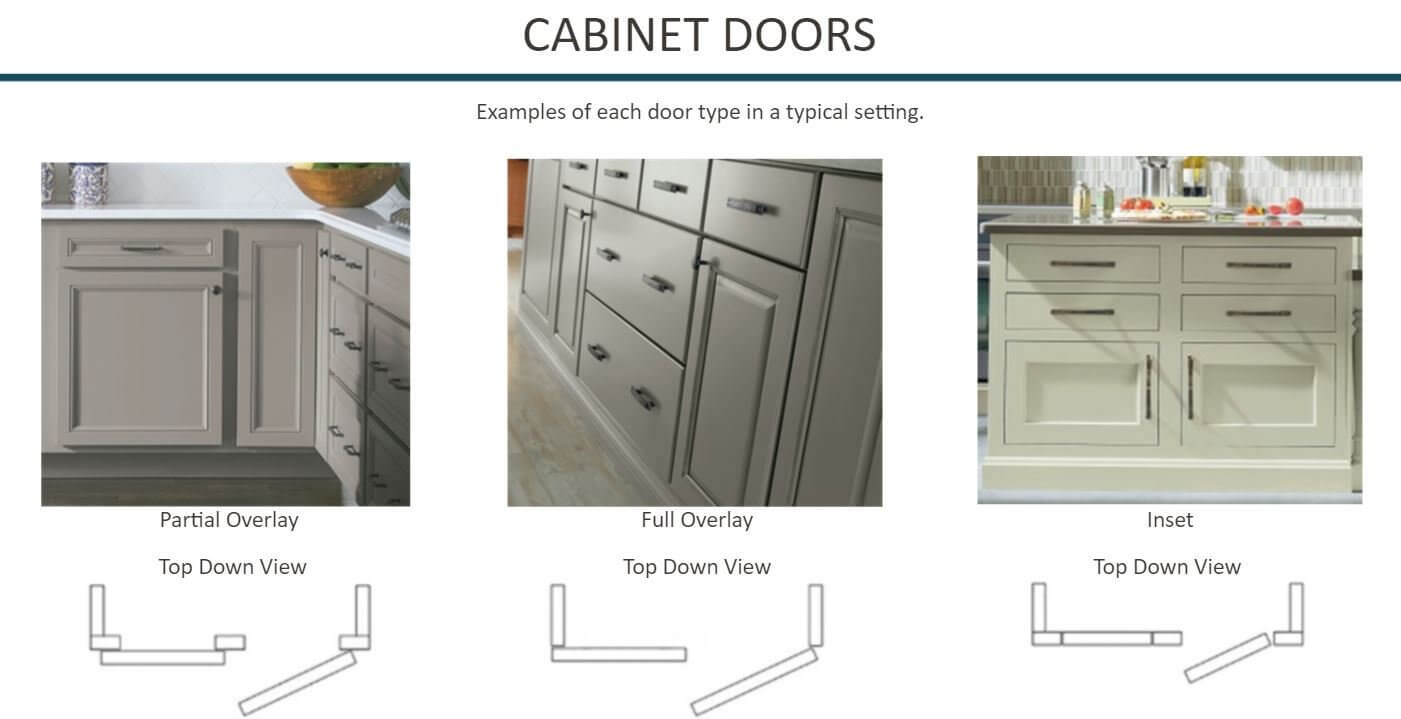Types and Styles of 2-Door Console Cabinets: 2 Door Console Cabinet

Choosing the right 2-door console cabinet can significantly enhance your home’s aesthetic appeal and functionality. Understanding the various styles, materials, and design elements available will help you make an informed decision that complements your existing décor and fulfills your specific needs. This section will explore the diverse options available to you.
Styles and Materials of 2-Door Console Cabinets
The style of a 2-door console cabinet significantly impacts its overall look and feel. Different styles cater to various tastes and interior design themes. The choice of material further influences durability, maintenance, and aesthetic appeal.
| Style | Material | Typical Features | Common Uses |
|---|---|---|---|
| Traditional | Solid wood (oak, mahogany, cherry), veneers | Ornate carvings, detailed molding, antique-style hardware | Formal entryways, living rooms, dining rooms |
| Modern | Metal (steel, aluminum), glass, high-gloss laminate | Clean lines, minimalist design, sleek hardware, possibly integrated lighting | Contemporary living rooms, hallways, offices |
| Farmhouse | Reclaimed wood, painted wood, distressed finishes | Simple design, often featuring X-shaped supports or shaker-style doors, rustic hardware | Kitchens, entryways, mudrooms |
| Mid-Century Modern | Solid wood (walnut, teak), veneer, sometimes metal accents | Tapered legs, simple geometric shapes, minimalist hardware | Living rooms, dining rooms, bedrooms |
Materials Used in Construction
A variety of materials are used to construct 2-door console cabinets, each offering unique properties:
2 door console cabinet – The choice of material significantly impacts the cabinet’s durability, aesthetic, and price point. Consider the following:
- Wood: Solid wood (oak, cherry, mahogany) offers durability and a classic look. Veneers provide a more affordable alternative with a similar aesthetic. Wood requires regular maintenance to preserve its finish.
- Metal: Steel and aluminum offer modern aesthetics and durability, but can be susceptible to scratches and dents. Powder-coated finishes enhance durability and offer various color options.
- Glass: Glass doors or tops add a touch of elegance and allow for displaying items inside the cabinet. However, glass can be fragile and require careful handling.
- Composite: Materials like MDF (medium-density fiberboard) and particleboard are cost-effective but may not be as durable as solid wood. They are often used in conjunction with veneers or other finishes.
Impact of Design Elements
Design elements significantly influence the overall aesthetic of a 2-door console cabinet.
Careful consideration of these details can transform a simple storage unit into a statement piece.
- Hardware: Knobs, pulls, and hinges contribute significantly to the overall style. Modern cabinets often feature sleek, minimalist hardware, while traditional cabinets may have ornate or antique-style hardware. The material of the hardware (metal, ceramic, wood) also affects the look and feel.
- Finish: The finish can range from high-gloss to matte, adding to the overall aesthetic. A high-gloss finish creates a sleek, modern look, while a matte finish can create a more rustic or traditional feel. Distressed finishes add a vintage or farmhouse charm.
- Shape: The shape of the cabinet, including the legs, can significantly impact the overall design. Tapered legs create a mid-century modern look, while straight legs create a more contemporary or traditional feel. Curved lines can add a touch of elegance or whimsy.
Typical Sizes and Dimensions, 2 door console cabinet
The size and dimensions of a 2-door console cabinet greatly influence its suitability for different spaces.
Small Console Cabinets (under 40 inches wide): These compact cabinets are ideal for narrow hallways, small entryways, or apartments where space is limited. They offer functional storage without overwhelming the area. A depth of around 12-15 inches is common for these cabinets, allowing them to fit snugly against a wall.
Medium Console Cabinets (40-60 inches wide): These cabinets offer a balance between storage space and footprint, suitable for most living rooms, dining rooms, or bedrooms. They provide ample storage without being overly bulky. A depth of 15-18 inches is typical for these sizes, offering comfortable access to stored items.
Large Console Cabinets (over 60 inches wide): These larger cabinets are suitable for spacious rooms where significant storage is needed. They can serve as a focal point in a room, often acting as a media console or a statement piece in a large entryway. These cabinets typically have a deeper footprint (18-24 inches) to accommodate more storage.
Functionality and Uses of 2-Door Console Cabinets

A 2-door console cabinet offers versatile functionality, adapting seamlessly to various spaces and fulfilling diverse storage needs within a home. Its compact design and often elegant aesthetic make it a valuable addition to any room, enhancing both functionality and visual appeal. Understanding its potential uses and organizational capabilities is key to maximizing its benefit.
Console Cabinet Placement in Different Rooms
The adaptability of a 2-door console cabinet allows it to serve different purposes depending on its location within the home. Careful consideration of the room’s function and available space is crucial for optimal placement and utility.
- Entryway: In an entryway, a console cabinet provides a practical and stylish solution for storing keys, mail, and other frequently used items. Its surface can also serve as a place to display decorative objects or a small lamp, setting a welcoming tone for guests.
- Living Room: A living room console cabinet can house entertainment accessories like remotes, games, and extra cords, keeping the space clutter-free. Its surface can also accommodate a lamp, a decorative bowl, or a small potted plant.
- Bedroom: In a bedroom, a console cabinet can serve as a nightstand alternative, offering extra storage for books, jewelry, or personal items. It can also provide a surface for an alarm clock and a lamp.
- Hallway: A narrow hallway can benefit from a slim console cabinet to store items that need to be easily accessible but kept out of sight. This might include coats, hats, or gloves.
Storage Solutions and Organization Strategies
The enclosed space within a 2-door console cabinet offers significant storage potential. Effective organization is crucial to maximize this space and maintain a tidy environment. Employing a combination of techniques ensures items remain accessible and visually appealing. Using drawer dividers for smaller items, such as jewelry or office supplies, prevents them from getting lost or tangled. Vertical storage solutions, such as stacking trays or using shelf risers, can create more vertical space. Grouping similar items together, such as all paperwork in one section and all electronics in another, simplifies retrieval and maintenance. Finally, regularly decluttering and removing unused items will ensure the cabinet remains efficient and functional.
Comparison of Console Cabinets with Similar Furniture
Understanding the differences between similar furniture pieces can help in making an informed decision. While some overlap exists, each type offers unique characteristics.
| Feature | 2-Door Console Cabinet | Sideboard | Buffet |
|---|---|---|---|
| Size | Generally smaller and narrower | Can range in size, often larger than a console cabinet | Typically larger and wider than a console cabinet; often includes drawers |
| Height | Usually lower to the ground | Variable height | Variable height, often taller than a console cabinet |
| Primary Use | Storage and display in smaller spaces | Storage and display, more versatile than a console cabinet | Storage, serving, and display, often used in dining areas |
| Style | Wide range of styles available, often more contemporary | Wide range of styles available | Often features more traditional or ornate designs |
Choosing a 2-Door Console Cabinet Based on Individual Needs
Selecting the right 2-door console cabinet involves a systematic approach to ensure it meets individual needs and preferences.
- Assess Storage Needs: Determine the types and quantity of items to be stored. Consider dimensions of the items and the required space.
- Measure Available Space: Accurately measure the available space in the intended room, considering both height and width. Allow sufficient clearance for opening doors and easy access.
- Define Style Preferences: Identify the desired aesthetic. Choose a style that complements the existing décor and personal taste. Browse catalogs or visit furniture stores to explore various styles.
- Consider Material and Durability: Evaluate the material’s durability and maintenance requirements. Select a material that suits the intended use and environment.
- Check Budget and Availability: Set a realistic budget and research availability from various retailers. Compare prices and features before making a final decision.
Buying and Maintaining a 2-Door Console Cabinet

Investing in a 2-door console cabinet is a decision that blends practicality with aesthetic appeal. Choosing wisely, however, requires careful consideration of several factors to ensure both longevity and satisfaction. This section guides you through the process of selecting, assembling, and maintaining your new cabinet.
Selecting a High-Quality 2-Door Console Cabinet
The durability and aesthetic appeal of your console cabinet depend heavily on its construction, materials, and overall craftsmanship. Prioritize solid wood or high-quality wood veneers for superior strength and a timeless look. Examine the joinery; strong, well-fitted joints indicate superior construction. Avoid cabinets with flimsy materials or poorly executed joinery, as these will likely show wear and tear quickly. Consider the cabinet’s weight; a heavier cabinet often signifies denser wood and better construction. Finally, inspect the finish for evenness and durability. A smooth, even finish is more resistant to scratches and damage.
Buyer’s Checklist for 2-Door Console Cabinets
Before making a purchase, utilize this checklist to assess the cabinet’s quality and suitability for your needs:
- Construction: Examine the joinery (dovetail, mortise and tenon, etc.) for strength and precision. Check for wobbly or unstable components.
- Materials: Identify the type of wood or veneer. Solid wood is generally more durable than particleboard or MDF.
- Finish: Inspect the finish for evenness, smoothness, and durability. Consider the finish’s resistance to scratches and water damage.
- Hardware: Assess the quality of hinges, knobs, and pulls. Sturdy hardware will ensure smooth operation and longevity.
- Dimensions: Measure the space where the cabinet will be placed to ensure a proper fit. Consider the cabinet’s height, width, and depth.
- Style and Design: Choose a style that complements your existing décor and meets your aesthetic preferences.
Assembling and Installing a 2-Door Console Cabinet
Proper assembly and installation are crucial for the cabinet’s stability and longevity. Always follow the manufacturer’s instructions carefully. If assembling yourself, gather necessary tools beforehand, including a screwdriver (Phillips and flathead), wrench, level, and possibly a drill. Work in a well-lit, spacious area to avoid accidents. Ensure all parts are accounted for before beginning. Take your time and double-check each step to prevent mistakes. Once assembled, use a level to ensure the cabinet is perfectly straight before securing it to the wall, if necessary, using appropriate wall anchors suitable for your wall type. Never force any components during assembly.
Cleaning and Maintaining a 2-Door Console Cabinet
Regular cleaning and maintenance will prolong the life and beauty of your console cabinet. The specific cleaning method will depend on the cabinet’s material:
- Wood: Dust regularly with a soft cloth or duster. For more thorough cleaning, use a slightly damp (not wet) cloth and a mild wood cleaner. Avoid harsh chemicals or abrasive cleaners.
- Veneer: Similar to wood, use a soft cloth and mild cleaner. Avoid excessive moisture, which can damage the veneer.
- Particleboard/MDF: Dust regularly with a soft cloth. For stubborn stains, use a damp cloth and mild soap. Avoid excessive moisture.
- Lacquered or Painted Finishes: Use a damp cloth and mild soap. Avoid abrasive cleaners that can scratch the finish.
Apply a wood polish or protective sealant periodically to maintain the finish and protect against moisture damage. Avoid placing hot objects directly on the cabinet’s surface.
